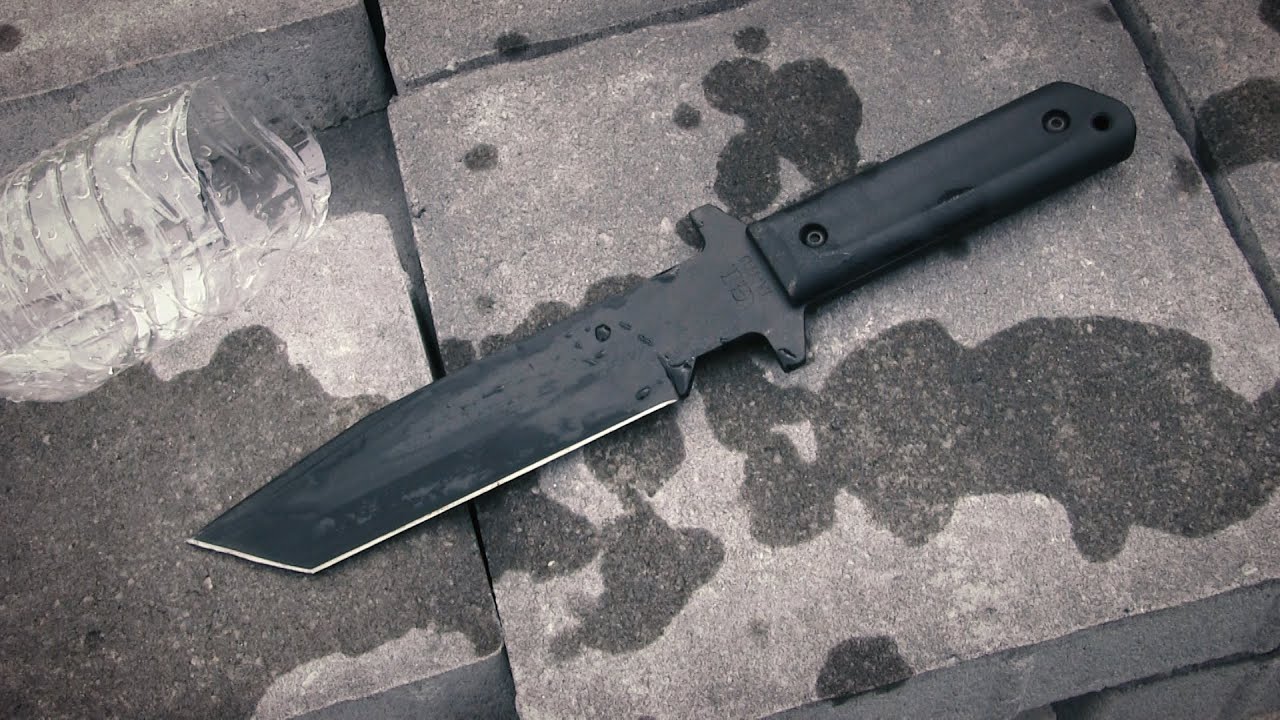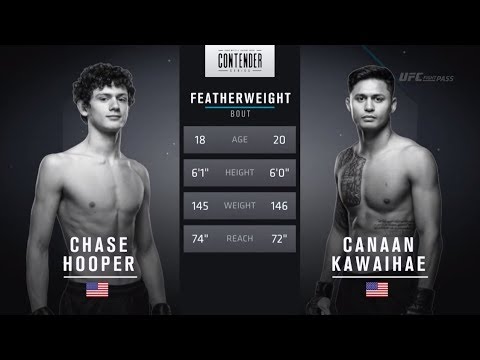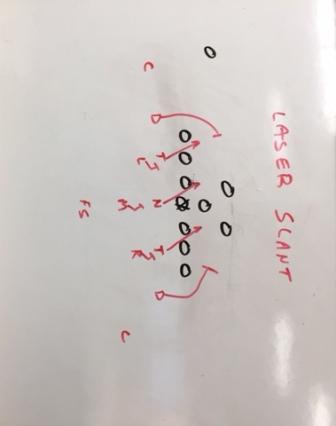
If you have studied Brazilian jiujitsu you may have heard about the Brazilian ranking belts. It takes a lot to earn a black belt. The belt system can be complicated. You might be curious about how Brazilian Jiu-jitsu belts work.
Royce Gracie
The Royce Gracie BJJ Ranking belt is one of most coveted and sought after bjj rankings belts. Royce is one of the best fighters in the world and has won multiple fights in the sport. Royce was raised in a family of Martial Artists. He fought in Ultimate Fighting Championship. It was a no-holds barred event that opened up Gracie Jiu Jitsu to the rest of the world. His brother Rorion organized the event. Art Davie and John Milius were also involved in making the event possible.
Royce Gracie is a black belt in Brazilian jiu-jitsu and is the son of the legendary Helio Gracie. He has a long and successful career teaching mixed martial arts. He began training in BJJ when he was 15 years old and is now one of the Five. He is also a strong fighter in BJJ competitions and holds a record of 365 victories and 365 defeats. Sylvio Behring is another important member of the Royce Gracie clan. He is the father of Ian Behring and a BJJ expert.
Varsha Vinod
Varsha Vinod has a diverse background that stretches back decades. She started karate training at the age of 2. Her favorite martial artist is Bruce Lee. She took classes for two and a quarter hours every week, with longer classes on weekends. At the age of four, Vinod earned her brown belt and soon afterward, her black belt. She is currently the youngest black belt in the world.

In May 2013, she earned a black belt in Bunjunkai karate, which she had been practicing since she was two. Brazilian Jiu-Jitsu is different from other martial art systems in that it has a stricter ranking belt system. Vinod's age makes it difficult for most students to attain their first blackbelt in less than five years. It can take up to ten to attain this level in other martial arts.
Royce Gracie's belt
Royce Gracie learned Brazilian Jiu Jiu Jutsu early on and started teaching and competing at the tender age of 14. Royce Gracie, Royce's father, bent the rules to give him the belt at age 8. His first attempt to earn a black belt didn't go as planned. He was submitted by Osvaldo Allves, a student who had suggested him to get the belt.
Brazilian Jiu Jitsu history is enriched by the Gracie families. Master Helio Gracie raised the Gracie brothers in a highly competitive environment. Rickson Gracie is the current highest ranking practitioner of the sport.
Brazilian Jiu-Jitsu belt system
The Brazilian Jiu-Jitsu belt system can be confusing for a newcomer. The system is based upon tradition and requires years in training. Brazilian Jiu-Jitsu is not like other martial arts where you can quickly advance, but it requires years of hard work. Ninety percent do not reach the blue rank, which is the highest ranking. Brazilian Jiu Jitsu is a complex art that requires years of training. However, there are many advantages to it.
Brazilian Jiu-Jitsu's belt system is broken down into four categories. The first four levels are called white belts, while the next three are called red belts. Students must reach the age of 16 to move on to the next belt level. Those who are younger would move to the red belt level, while those who have been training longer would move up to the next level. There is a very extensive graduation system maintained by the IBJJF, which considers a person's membership standing, time spent in the grade, and other factors. The requirements for each belt's designation are not as simple.

IBJJF belt system
The Brazilian Jiu-jitsu ranking system has a belt system. It is designed to reward the sport's progress and to recognize students at all levels. There are currently 13 belts. Each belt has an age limit and recommended maximum. The white/yellow belt is for children under five years old, while the orange/green belt division should be reserved for children aged seven to fifteen.
BJJJ for adults is best if you are aiming to attain a redbelt, which is the highest level of the sport. BJJ has many belt colors. They are determined by how many promotions a student receives. For example, if a student receives a stripe every three months, he should aim to rank at the next belt level after a year of training.
FAQ
Can I get arrested for using my stun gun?
No. Stun guns are considered "less lethal" weapons. They are not likely to cause serious injury.
But, even if you hit someone accidentally with your stungun, you can still face criminal charges
How effective is pepper spray as self-defense?
Pepper spray is a powerful tool for self defense. It is quick and easy to use. When using pepper spray, it is important to use the correct techniques.
Pepper spray is not recommended as the first line of defense against violent attackers. Call 911 immediately if you are threatened or threatened with violence.
Can I carry a stun gun legally?
Yes. But, you'll need to get a permit from your local government.
You will need to fill out an application and pay a fee in order to apply for a permit.
Once you receive your permit, you must keep it in a visible place (like your wallet).
You will need to repeat the process if your permit is lost.
How much does a stun gun cost?
Depending on the model, a stun gun can range anywhere from $20-$100.
Two batteries are required for most models. The battery lasts approximately three to four months.
What are some quick self-defense moves you can do?
Self-defense techniques include punches, kicks, elbows, knees, head butts, and other strikes. They can also include grappling such judo jujitsu karate and taekwondo.
You can use self-defense techniques to protect yourself against attackers who want to hurt you.
They can also be used to defend themselves against another person being attacked.
However, there are many ways to perform self-defense techniques. So choose the one that suits you best.
Statistics
- Most likely, you'll get tapped out by 90% of the people in your first 3-5 months. (mmaclan.com)
- Most likely, the person will want some kind of boxing match, so if you can out-box them, this would be 100% ideal for survival. (budodragon.com)
- Verbal harassment was the most common form, but 51 percent of women said they were touched or groped in an unwelcome way, while 27 percent of women survived sexual assault. (healthline.com)
- Boxers aren't allowed to fight in a clinch, which is a position that occurs in 80% of the streetfights. (mmaclan.com)
External Links
How To
How to use Kubotans as self-defense
Kubotan are small sticks that were used by Okinawan martial art masters as weapons. They were originally made of bamboo, but have been replaced with metal or plastic.
They usually measure around 5cm lengthwise and 2cm widthwise.
The Kubotan can be used to strike at the eyes, nose, or mouth of an opponent. It can also be used against other body parts, such as elbows or knees.
Kubotan is popular among women for their light weight, portability, and concealability.
It is important to know the exact spot where you should place the Kubotan stick in order to make it work.
It is important to practice with the Kubotan before you go out in order to hit the right spots.
These steps will show you how to use the Kubotan for self-defense.
-
Stand facing the attacker.
-
Hold the Kubotan between your thumbs and index fingers.
-
Raise the arm holding the Kubotan above your head.
-
Swing the Kubotan downward towards the attacker's face.
-
Attack the attacker with a fist.
-
As the Kubotan strikes the target you should be capable of seeing its impact.
-
Keep swinging the Kubotan up and down until you hear a "thwack".
-
Lower the Kubotan then take a step back.
-
You can continue fighting by repeating Steps 1-7.